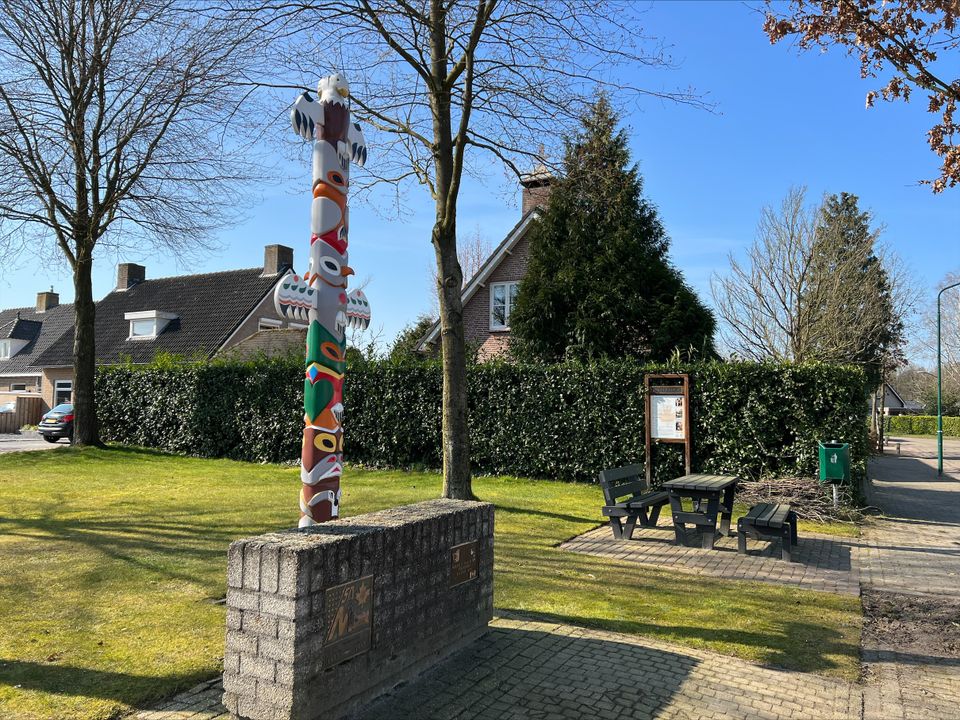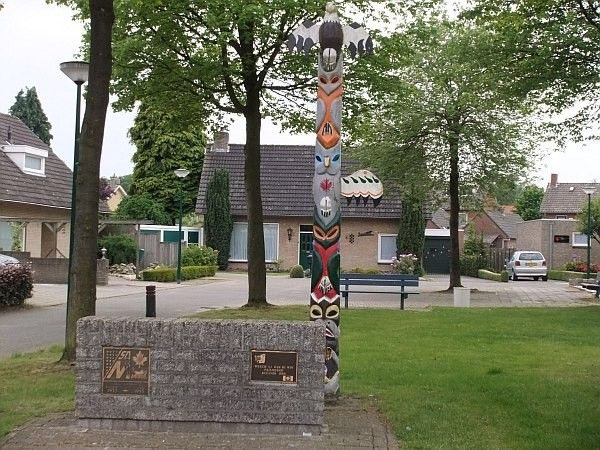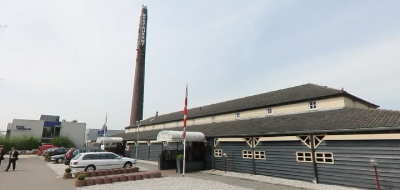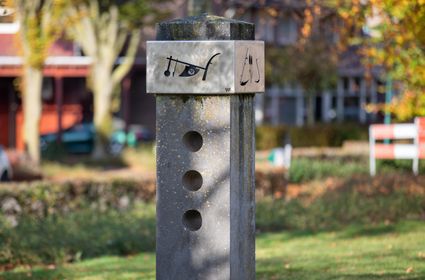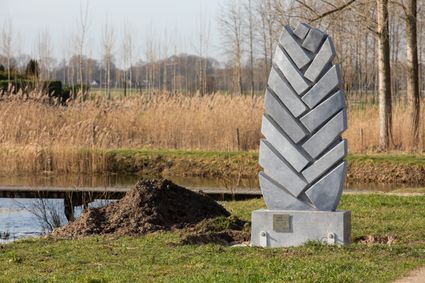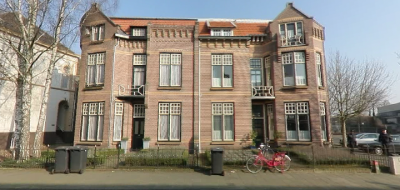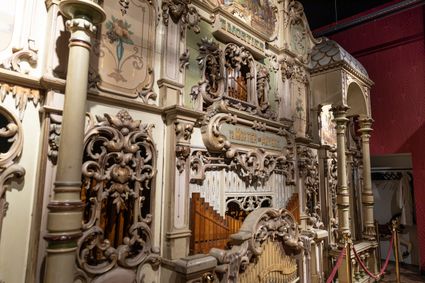Indiaanse Totempaal
How a forced departure to Canada can lead to a work of art that we cannot imagine being without at the Maplehof in Mariahout. That is the stor…
How a forced departure to Canada can lead to a work of art that we cannot imagine being without at the Maplehof in Mariahout. That is the story of the wooden totem pole called 'Wech ki wan die win', which has stood proudly in Mariahout since 1988. Shortly after the end of the Second World War, the newly created Mariahout was too small to be able to offer sufficient space for farmers to develop in the reclaimed village. A difficult decision was taken. In the years after the Second World War, about 300 inhabitants of Mariahout (about a quarter of the population at the time) emigrated to Canada to build a future there. But out of sight is not out of mind. Family ties with Mariahout remained and in 1988 Mariahout emigrants in Canada donated the totem pole. It was carved by Objibwa Indian Austin McCue. The name 'Weech ki wan die win' means 'friendship' in his language. In 2008, the totem pole was already restored, but a few years back the only option to save the wooden pole was to make a replica. Wim van Eijndhoven took on this honourable task. He made a perfect copy out of Canadian red cedar, so that the totem pole now proudly adorns the Maplehof again. The courtyard owes its name to the maple leaf, Canada's national symbol: a maple leaf.
Opening times
- Every monday open
- Every tuesday open
- Every wednesday open
- Every thursday open
- Every friday open
- Every saturday open
- Every sunday open
